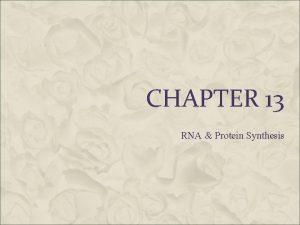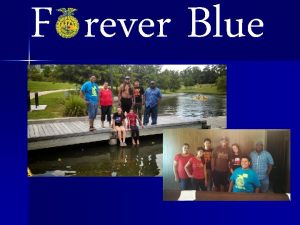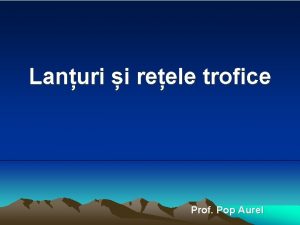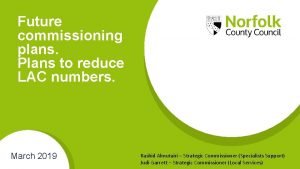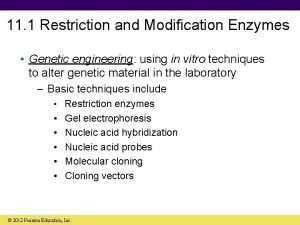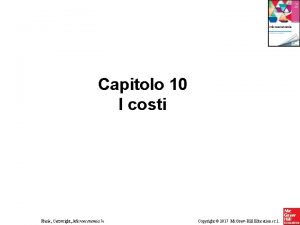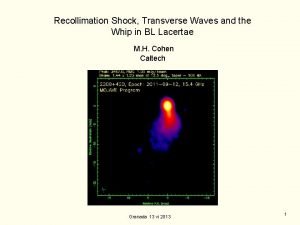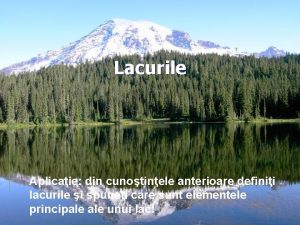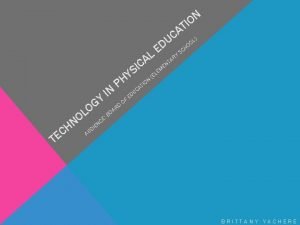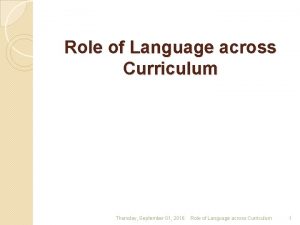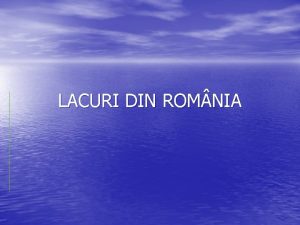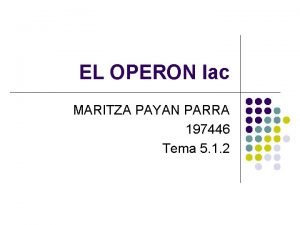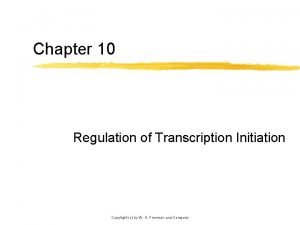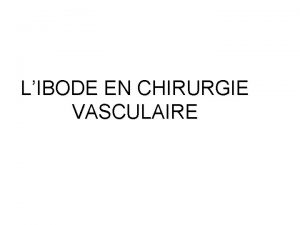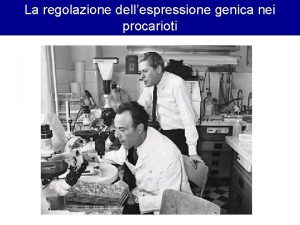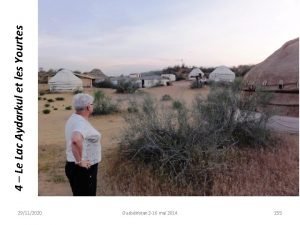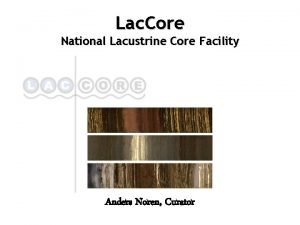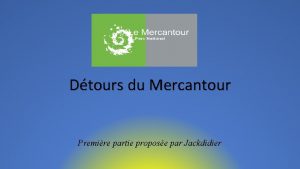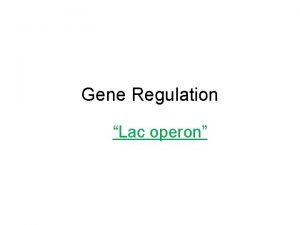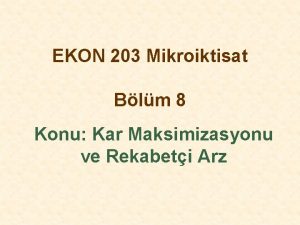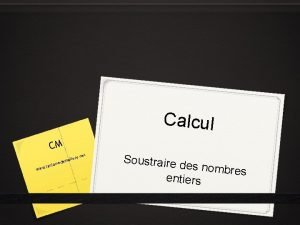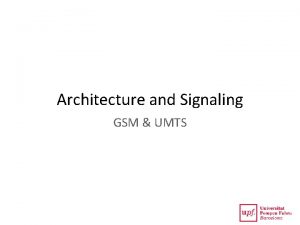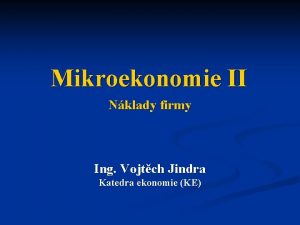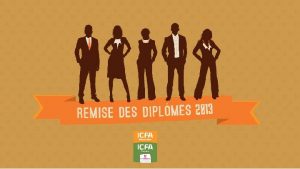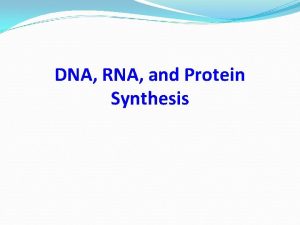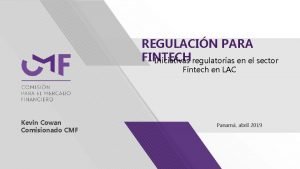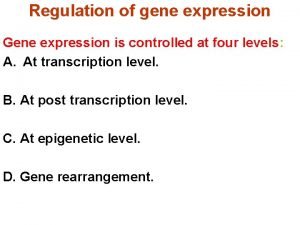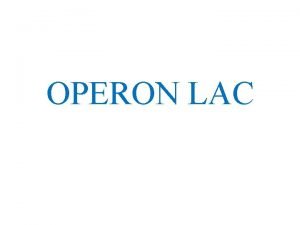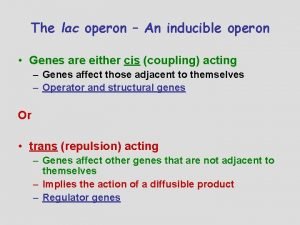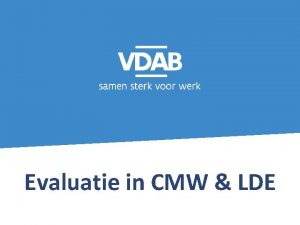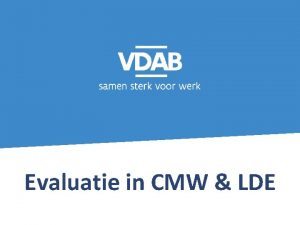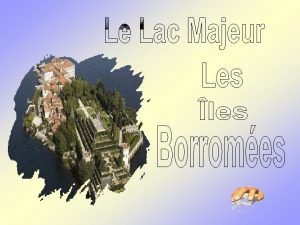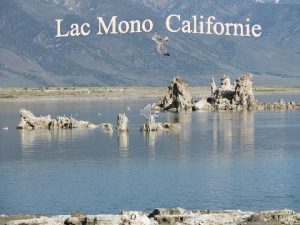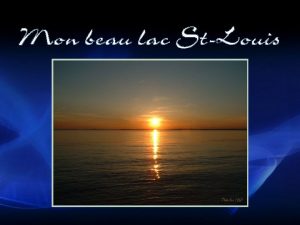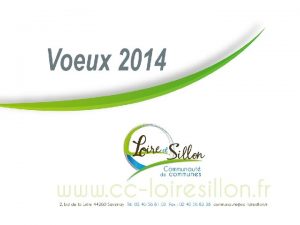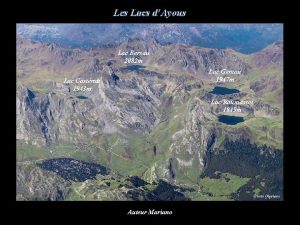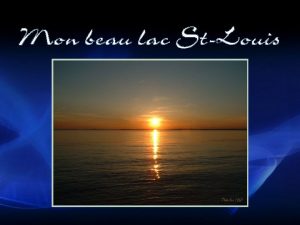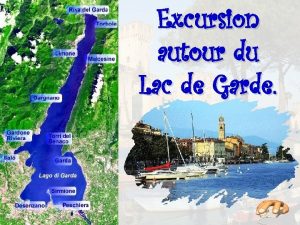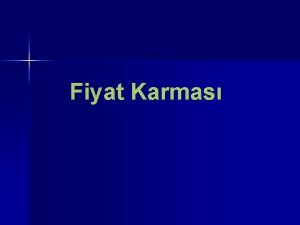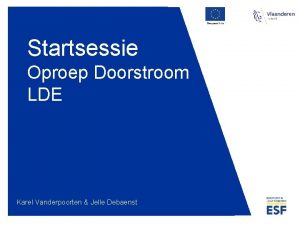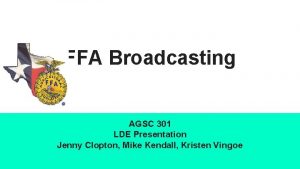ot h P lac P o lde o





















































- Slides: 53

ot h P lac P o lde o eh r lde o eh ot h P r lac P o SECTION 3 Listen to the Musical Monuments r lde oto h P ho e c Pla of Western Civilization

ot h P lac P o lde o eh r lde o eh ot h P r lac P o UNIT 6 Listen to Early Music lde o eh ot h P lac P o r

ot h P lac P o lde o eh r lde o eh ot h P r lac P o CHAPTER 22 Listen to Medieval and r lde oto h P ho e c Pla Renaissance Music

• Antiquity EARLY MUSIC Epitaph of Seikilos – found in Turkey While you live, shine Don't suffer anything at all; Life exists only a short while And time demands its toll.

THE CULTURE OF THE MIDDLE AGES • Spans nearly 1, 000 years • Early Christian church and state • Most patronage (sponsorship) from the church • Most surviving music is sacred • Later Middle Ages: cities, cathedrals, art, and literature • Choose a Guide to the Middle Ages

NOTRE DAME CATHEDRAL Close-up of a flying buttress Notre Dame at night One of the finest examples of Gothic architecture Built from 1163 – 1345 One of the first uses of flying buttresses http: //www. notredamedeparis. fr/English-

ART AND LITERATURE IN THE MIDDLE AGES Artists Brunelleschi: Cathedral Dome Donatello (1386 -1466) Filippo Brunelleschi (1377 -1446) Donatello: Cantoria Duomo Authors Dante Alighieri (1265 -1321) especially famous for The Divine Comedy Dante Geoffrey Chaucer (1343 -1400? ) esp. known for The Canterbury Tales Portrait of Chaucer by Thomas Hoccleve

CATHOLIC MASS AND RELIGIOUS LIFE The Mass • • THE large service in the Roman Catholic Church (the other main service: Offices) The prayers that make up the Mass fall into two categories: • Proper: texts change according to the day • Ordinary: texts are the same for every Mass Life in the Medieval Cloister • • Cloister: a place for religious seclusion • Monastery: men • Convent: women Cloisters were places of prayer, scholarship, preaching, charity, healing Daily life of monks Inside a Benedictine monastery

• • Liturgy SACRED MUSIC IN THE MIDDLE AGES Early Church Music Gregorian chant (plainchant, plainsong) Monophonic Nonmetric Latin text 3, 000 -plus surviving melodies Oral transmission Early notation: neumes Modes From Oxford Music Online

MIDDLE AGES • Medieval Modes • • Ionian Dorian Phrygian Lydian Mixolydian Aeolian Locrian C D E F G A B

• Syllabic: one note per syllable of text • Neumatic: small group of notes sung to a syllable of text • Melismatic: many notes per syllable of text CLASSES OF CHANT

HILDEGARD OF BINGEN (1098 -1179) • 1150 founded convent in Rupertsberg, Germany • Known for miracles and prophecies • Recorded collections of visions and prophecies in manuscript • Composed religious poetry with music • Characteristics of Hildegard’s poetry • Brilliant imagery • Visionary language • Collected in volume: Symphony of the • • Hildegard Harmony of Celestial Revelations, for liturgical church year Benedicte by Hildegard Homage to Hildegard O Euchari -- Hildegard con Bingen arranged One of Hildegard’s illuminations

• Kyrie • • • HILDEGARD VON BINGEN Melismatic Arrhythmic Three Parts (The Holy Trinity) Call and Response Monophonic • “Kyrie” by Hildegard von Bingen

• Organum • • MEDIEVAL POLYPHONY Cathedral of Notre Dame in Paris Leonin (1135 -1201) Perotin the Great (1160 -1225) Magnus Liber Organi (1200) • (The Great Book of Organum)

• Organum MEDIEVAL POLYPHONY • is a plainchant melody with at least one added voice to enhance the harmony, • In its earliest stages, organum involved two musical voices: a Gregorian chant melody, and the same melody transposed by a consonant interval, usually a perfect fifth or fourth.

THE RISE OF POLYPHONY • Evolved toward the end of the Romanesque period (c. 850– 1150) • Organum: earliest polyphonic music • Second melody added above or below the older Gregorian melody • Evolved at Cathedral of Notre Dame in Paris • Polyphony necessitated the use of notated rhythm and pitch • • Rhythm was chosen from a group of patterns called rhythmic modes I. long followed by short IV. short, long, Long II. short followed by long V. Long, Long III. Long, short, long VI. short, short • A new genre emerged near the end of the thirteenth century • Composers wrote texts to second melody in Ex. 1 – early organum Ex. 2 – later organum

MEDIEVAL POLYPHONY • Organum • “Alleluia Nativitas” by Perotin • • Chant: In lowest voice call the Cantus Firmus Melismatic 1 -3 flourid voices above the cantus Polyphonic complexity begins to require a pulse to hold it together

MEDIEVAL SECULAR MUSIC • Troubadours (Southern France who taveled north) • Trouveres (Northern France who traveled south) • Minnesingers (Germany)

SECULAR MUSIC IN THE MIDDLE AGES • Grew in a separate tradition from sacred polyphony • • Different classes of secular musicians emerged • Troubadours were southern French high-class musicians • Trouvères were northern French highclass musicians Poems of the troubadours and trouvères had diverse subjects • Poetry of secular song often focused on idealized love and chivalry • Secular songs sung monophonically, with improvised accompaniment

• Jaufre Rudel (fl. c. 1125 -1148) TROUBADORES • Guillaume IX Duke of Aquitaine • Bernart de Ventadorn (1135 -1194) More information on Ventadorn • Can vei la lauzeta mover • Translation

TROUVERES • Chretien de Troyes (fl. c. 1160– 1190) • Chastelain de Couci (fl. c. 1170– 1203) • Adam de la Halle (c. 1240– 1288) • Richard I of England (Richard the Lionheart) • (1157 -1199) • Francesco Landini (1325– 1397) • Philippe de Vitry (1290– 1361) • Guillaume de Machaut (1300– 1377)

GUILLAUME DE MACHAUT • “Quant en moy” by Guillaume de Machaut • Medieval Motet • Sustained tenor (similar to cantus in organum) • Polyphonic: many melodies sounding at once. • Four Voices • Isorhythm: a repeated rhythmic idea that may often have different melodic material. • Text on Love

EARLY INSTRUMENTAL MUSIC • • Instruments played a supporting role in vocal music; sometimes doubling Instrumental music mostly improvised (not notated) for dance • Performed by ensembles of soft (bas) or loud (haut) instruments • • • Soft instruments include recorder Loud instruments include sackbut (early trombone) and shawm (medieval oboe) Instruments were categorized by use (indoor or outdoor) Early Music Example Music from the 13 th Century New Jersey Hammered Dulcimer Sackbut Ensemble performanc e

MEDIEVAL INSTRUMENTAL MUSIC • Soft Instruments • • • Recorder Lute Harp Psaltery Rebec Vielle • Loud Instruments • • • Slide Trumpet Sackbut Crumhorn Cornetto Shawm

MEDIEVAL INSTRUMENTAL MUSIC • Very few examples • Dancing and social occasions • Estampie • Example 1 • Example 2 • Example 3

END OF MIDDLE AGES • Very Cold – Second, smaller Ice Age • The Plagues • War • Islamic Turks • The Great Schism

THE RENAISSANCE (C. 1450– 1600) The Renaissance refers to a rebirth of interest in learning, the arts, and the elements of Classical Civilization (the ancient Greek city-states and the Roman Empire)

A “RENAISSANCE MAN” "I am not pleased with the Courtier if he be not also a musician, and besides his understanding and cunning [in singing] upon the book, have skill in like manner on sundry instruments. " - Baldassare Castiglione

THE RENAISSANCE • An era of exploration, scientific inquiry, and artistic awakening • • Gutenburg – printing press, leads to first printed Bible In Europe, society shifts from predominately religious to secular Humanist movement • • • Ancient Greece and Rome was the pinnacle of human achievement, and should be the basis for society Places an emphasis on a person’s ability to direct the course of one’s own life – HUMAN CENTERED Ancient Greco-Roman emphasis affected all the arts – esp. with new emphasis on human form Technology enabled voyages to the New World Architecture reflects balance and proportion • Accurate perspective attempted in two-dimensional painting Realism favored over symbolism • The Renaissance first came to flower in Italy Painters and sculptors include Leonardo da Vinci and Michelangelo •

RENAISSANCE ART Da Vinci: The Last Supper

RENAISSANCE ART Michelangelo: The Conversion of St. Paul, 1542

RENAISSANCE ART Michelangelo: Pieta, 1499

RENAISSANCE ARCHITECTURE Michelangelo: St. Peter’s Basilica

RENAISSANCE (1400 -1600) • The Great Age of Polyphony • Josquin des Prez • Giovanni Pierluigi da Palestrina • Claudio Monteverdi • The 3 M’s • Mass • Motet • Madrigal

RENAISSANCE MUSICIANS • Worked in churches, cities, and courts or as instrument builders, printers, and music publishers • • Rise of merchant class brought new group of music patrons Amateur musicians emerged in cultivated middle and upper classes

RENAISSANCE MUSICAL STYLE • • • Golden age of a cappella (unaccompanied) singing Polyphony based on concept of imitation • Motives are exchanged among melodic lines Composers tended toward fuller chords in harmony Word painting: an attempt to make the music sound like what the words say Cantus firmus (fixed melody) often found as the basis for a new work • • Hearkens back to chant of Middle Ages Northern European composers dominated the early Renaissance

JOSQUIN DES PREZ & THE MOTET Renaissance Motets • • • Had a single Latin text Sacred, but NOT liturgical Majority had a Marian (Virgin Mary) theme Typically written for 3, 4, or more voices Sometimes based on a chant (cantus firmus) Josquin des Prez • • Called Josquin (c. 1450– 1521) Franco-Flemish composer, made career in Italy • Member of Papal choir in Rome Humanism evident in his music (fulfillment on earth rather than in heaven) Composed sacred and secular music

RENAISSANCE MOTET • Word comes from French “mot” meaning “word” • Sacred but not Liturgical (not part of the Mass) • “Ave Maria, gratia plena, Dominus tecum, virgo serena” by Josquin des Prez • Imitative Counterpoint • Homophonic Sections

AVE MARIA. . . VIRGO SERENA Characteristics 0: 00 In Latin 0: 00 English Translation Ave Maria, gratia plena, Hail Mary, full of grace Donimus tecum, virgo serena. The Lord is with you, gentle virgin. Ave cujus conception Hail, whose conception, Solemni plena gaudio Full of solemn joy, Coelestia, terrestrial, Fills the heaven, the earth, Nova replet laetitia. With new rejoicing. Ave cujus nativitas Hail, whose birth Nostra fuit solemnitas, Was our festival, Ut Lucifer lux oriens, As our luminous rising light Verum solim praeveniens. Coming before the true sun. Ave pia humilitas, Hail, pious humility, Sine viro fecunditas, Fertility without man, Cujus annuntiatio Whose annunciation Nostra fuit salvatio. Was our salvation. Imitative counterpoint Voice Pairings Homorhythmic Polyphony Imitative Counterpoint Voice pairings Counterpoints Pairings

4: 00 In Latin Ave vera virginitas, AVE MARIA. . . VIRGO 4: 00 English Translation SERENA Characteristics Hail, true virginity, Immaculata castitas, Unspotted chastity, Cujus purificatio Whose purification Nostra fuit purgatio, Was our cleansing, 4: 38 Ave praeclara omnibus Hail, famous with all Angelicis virtutibus Angelic virtues, Cujus fuit assumptio Whose assumption was Nostra glorificatio. Our glorification. 6: 03 Mater Dei, O Mother of God, Memento mei. Remember me. Amen. Triple Meter Clear Declamation Almost homorhythmic Duple Meter Imitative Counterpoint w/ Voice Pairings Hymn like declamation. Easy to hear the text

• Italian Secular Song • 3 -4 Voices • Generally Homophonic • Melody usually in top voice FROTTOLA

• Josquin des Prez EL GRILLO • Homophonic (Polyphonic decorations) • Clear Declamation • Duple Meter • Ternary Form • Published by Ottaviano Petrucci

0: 00 English 0: 00 Italian A Section a El grillo è buon cantore b Che tiene longo verso. c Dalle beve grillo canta. a El grillo è buon cantore EL GRILLO A Section The cricket is a good singer He can sing very long He sings all the time. The cricket is a good singer

EL GRILLO 0: 39 Italian B Section d Ma non fa come gli altri uccelli Come li han cantato un poco, d Van de fatto in altro loco Sempre el grillo sta pur saldo, e Quando la maggior el caldo Alhor canta sol per amore. e Quando la maggior el caldo Alhor canta sol per amore. 1: 13 A Section Repeated 0: 39 English B Section But he isn’t like the other birds. If they’ve sung a little bit They go somewhere else the cricket remains where he is, When the heat is very fierce Then he sings only for love.

Other Notable Music • "Absolom, fili mi” • "Veni sanctu spiritus” • "Mille regretz” • Mille regretz -- video JOSQUIN DES PREZ

GIOVANNI PIERLUIGI DA PALESTRINA “Exultate Deo” Motet 5 Voices Duple Meter Clear Declamation

“EXULTATE DEO” Exultate Deo adiutori nostro, Iubilate Deo Iacob. Sing out in praise of God our refuge, acclaim the God of Jacob Raise a melody; beat the drum, Sumiet psalmum et date tympanum, Play the tuneful lyre and harp Psalterium iucundum citara. Buccinate in neomenia tuba, Insigni die solemnatatis vestrae. Blow the trumpet at the new moon, And blow it at the full moon on the day of your solemn feast.

MADRIGALS • Italian • a genre of secular music with distinguishing characteristics separating it from its religious counterparts. The principal feature is word painting, a practice of illustrating in the music what is happening in the text. • English • Musica Transalpina published in England of Italian Madrigals translated into English madrigals tended to be lighter in mood and often included nonsense syllables. i. e. fa la la la.

MADRIGALS • “As Vesta Rose from Latmos Hill” • Thomas Weelkes • “Now is the Month of Maying” • Thomas Morely • “Fair Phyllis” • John Farmer • “Since Robin Hood” • Thomas Weelkes

THE CHORALE • a four part (SATB) homorhythmic and homophonic song. The text uses simple poetry in order to be clear and understandable. The hymns of Christian churches today are descendents of the Lutheran chorale. • Martin Luther • Ein fest Burg ist unser Gott: Chorale • A Mighty Fortress is Our God • Set by Johann Sebastian Bach • 10: 27 Homophonic setting

RENAISSANCE INSTRUMENTAL MUSIC • Familiar vocal songs for instrumental consorts • Dancing • Pavane & Galliard • “Pavane of Five Parts” by William Byrd • Duple Meter • “Galiarda” by William Byrd • Triple Meter • Ronde Dance – performed outdoors, less courtly

St. Mark’s Basilica, Venice ANDREUS & GIOVANNI GABRIELLI

THE GABRIELLIS • Antiphony • “Canzon Septimi Toni No. 2” by Giovanni Gabrielli • “Canzon Duodecimi Toni” by Giovanni Gabrielli
 A lac repressor turns off the lac genes by
A lac repressor turns off the lac genes by Lde meaning math
Lde meaning math To practice brotherhood
To practice brotherhood Lanturi trofice exemple
Lanturi trofice exemple Fond du lac blue line
Fond du lac blue line Lac numbers
Lac numbers Lac promoter
Lac promoter Test biologie clasa 5 ecosisteme
Test biologie clasa 5 ecosisteme Curva lac microeconomia
Curva lac microeconomia Lac de la plaine
Lac de la plaine Bl lac
Bl lac Lac enchanté dofus
Lac enchanté dofus Xoi lac
Xoi lac Tipuri de lacuri naturale
Tipuri de lacuri naturale O ti lac
O ti lac Conclusion of language across the curriculum
Conclusion of language across the curriculum Lacuri de baraj antropic
Lacuri de baraj antropic Lac operon in prokaryotes
Lac operon in prokaryotes Operon lac
Operon lac Soluzioni carbonio metabolismo biotech
Soluzioni carbonio metabolismo biotech Lac operon
Lac operon Ciseaux de potz
Ciseaux de potz Diploidi parziali
Diploidi parziali Lac aydarkul
Lac aydarkul Lac mikroekonomie
Lac mikroekonomie Lac core
Lac core Lac des essaupres
Lac des essaupres Operon
Operon Lac angikuni
Lac angikuni I lac
I lac Lac operon positive or negative control
Lac operon positive or negative control Gene structure prokaryotes vs eukaryotes
Gene structure prokaryotes vs eukaryotes Lmc lac
Lmc lac Lac
Lac Ww.lac
Ww.lac Lac cell id
Lac cell id Operone lac è trp zanichelli
Operone lac è trp zanichelli Sklon izokosty
Sklon izokosty What is positive and negative control
What is positive and negative control Lac repressor binds to
Lac repressor binds to Icfa restauration
Icfa restauration Sample lac session topics
Sample lac session topics Lac vs trp operon
Lac vs trp operon Fintech lac
Fintech lac Ciclo litico e lisogeno zanichelli
Ciclo litico e lisogeno zanichelli Lac operon
Lac operon Operon lac
Operon lac Operon lac
Operon lac Lac
Lac
